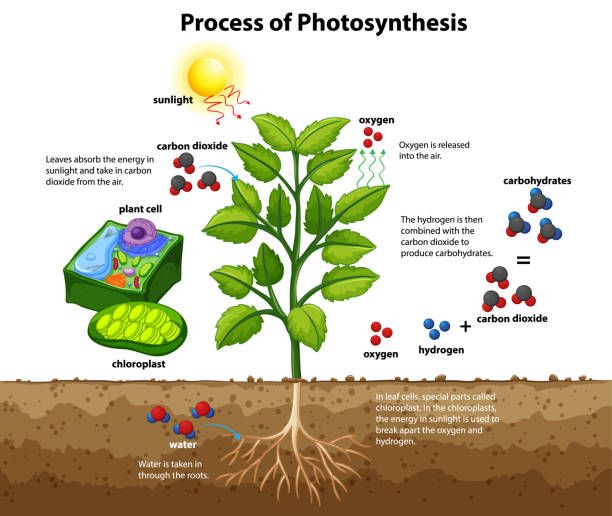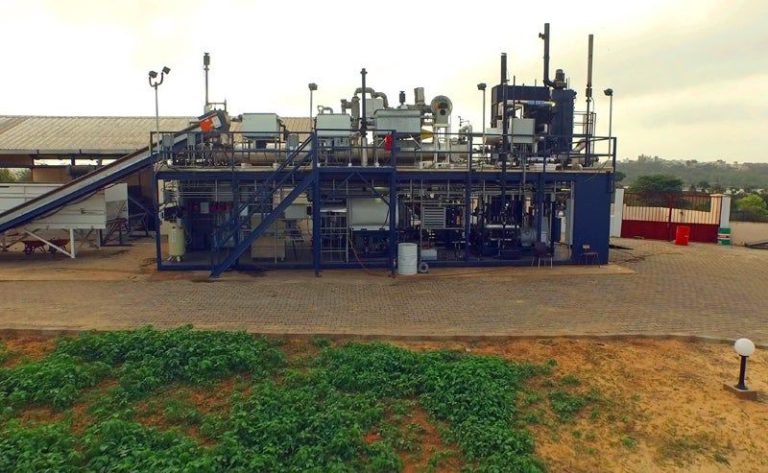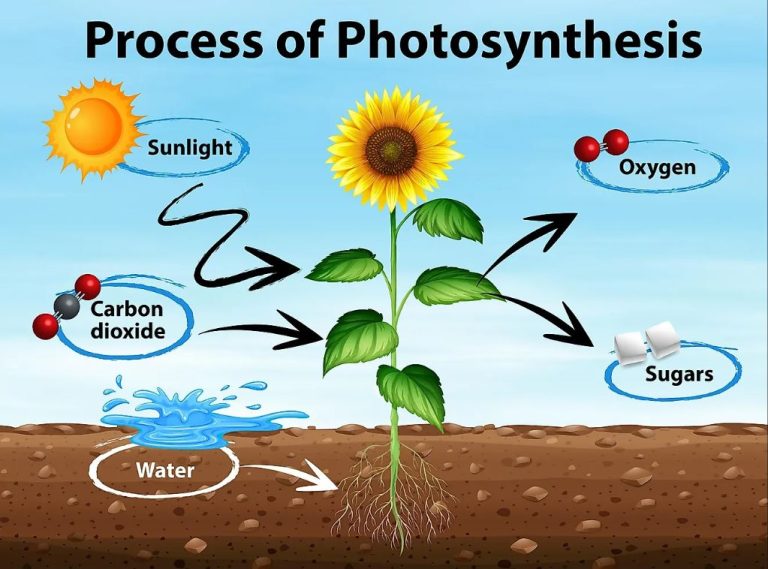What Is Bioenergy Treatment?
What is Bioenergy?

Bioenergy therapy, also known as biofield therapy, is an alternative healing technique that involves tapping into the “bioenergy” or “life force energy” that surrounds living things to promote healing and well-being (https://healingtransformation.ca/what-is-bioenergy-healing/). This energy is known by many names including qi, prana, and chi. Though the concept has roots in ancient healing practices like Reiki, Qigong, and Tai Chi, bioenergy therapy emerged as a distinct field in the 1970s drawing on Eastern medicine and parapsychology.
Practitioners believe that imbalances or blockages in the body’s natural bioenergy flow can cause illness and dysfunction. Bioenergy treatments seek to correct these imbalances and restore healthy energy flow. Treatments involve light touch, placement of hands over specific areas of the body, and clearing of blockages along the body’s energy meridians. The techniques manipulate the bioenergy field that surrounds and penetrates the body. This field is believed to promote self-healing capabilities if balanced properly (https://www.verywellmind.com/what-is-bioenergetic-therapy-5211139).
The Theory Behind Bioenergy
Bioenergy theory is based on concepts from traditional Chinese medicine relating to energy flows in the body. According to Chinese medicine, a vital energy or “life force” called qi flows through the body along pathways called meridians. When qi is balanced and flowing freely, the body and mind are healthy. However, blockages or imbalances in the flow of qi can lead to disease and dysfunction. Bioenergy therapy aims to remove these energy blockages and restore balance and flow.
Practitioners believe they can detect disruptions in the body’s energy field using their hands or special instruments. They then use techniques like focused intention, light touch, visualization, and breathing exercises to break up energy blockages along the meridians. Restoring the proper flow of qi is said to enable the body’s natural healing abilities. The goal is to bring the energy system back into a state of harmony and balance.
While bioenergy therapy has roots in ancient healing systems, its modern form originated in the 1950s with the work of American chiropractor John Thie and German naturopath Rheinhold Voll. Thie developed a system called “Touch for Health” which mapped energy flows to muscle groups for diagnostic and treatment purposes. Voll pioneered the use of galvanic skin resistance testing to identify energy imbalances corresponding to acupuncture meridians. These early systems provided the foundation for many modern bioenergy techniques.
However, the mechanisms behind bioenergy therapy are not widely accepted in mainstream medicine. More research is needed to understand if and how these treatments can benefit health.
Common Techniques Used
Some of the most common techniques used in bioenergy treatment include:
Hands-on healing touch – The practitioner places their hands either directly on or just above the patient’s body. Different hand positions may be used to move energy through particular parts of the body.
Use of specific hand motions – The practitioner makes gentle motions with their hands, sometimes in combination with visualizations, to help direct and circulate energy flow.
Visualization and meditation – The patient and/or practitioner uses guided visualization or meditation techniques to facilitate the healing process. This may involve imagining healthy energy filling and surrounding the body.
Other approaches can include breathing exercises and the use of sound through chanting or music. The goal is to bring the body into a relaxed, open state to allow for a free flow of energy and healing.
What to Expect During a Session
During an initial consultation, your bioenergy practitioner will ask about your medical history, symptoms, and health goals. This allows them to tailor the session to your individual needs.
For the actual treatment, you will likely be asked to wear loose, comfortable clothing. The practitioner may have you lie down, sit in a reclining chair, or sit up on a treatment table. You may be fully clothed during the session or asked to disrobe and have a sheet or blanket draped over you.
The practitioner will gently place their hands either directly on or just above various parts of your body. Areas they may focus on include major organs, energy centers like the chakras, acupressure points, and areas where you feel pain or discomfort. Light, sweeping hand motions are commonly used. The hands remain still at times as well. Sessions typically last anywhere from 30 to 90 minutes.
You will remain awake and aware throughout the treatment. The experience is generally relaxing. Some people feel subtle sensations of warmth, tingling, or pulsing where the practitioner’s hands are working. Others feel very little. Just relax and breathe normally during the session.
Conditions It May Help With
According to research, bioenergy therapy may help relieve or improve certain health conditions. Some key areas it may benefit include:
Pain Relief
Bioenergy therapy has been studied for reducing chronic pain, including back pain, neck pain, and pain from arthritis or fibromyalgia. One review found bioenergy therapies like Reiki and therapeutic touch significantly decreased pain compared to placebo treatments (https://pubmed.ncbi.nlm.nih.gov/36166091/). The mechanisms behind pain relief are not fully understood, but the energy treatment may help relax muscles, reduce inflammation, and modulate pain signaling.
Stress and Anxiety
These therapies aim to promote deep relaxation, which can alleviate symptoms of stress, anxiety and depression. According to one analysis, biofield therapies significantly reduced anxiety in hospital patients (https://pubmed.ncbi.nlm.nih.gov/36166091/). The calming effects may be due to shifts in autonomic nervous system activity, changes in brain waves or decreased inflammation.
Digestive Issues
Some research indicates bioenergy healing may improve digestion and relieve symptoms like nausea, vomiting and appetite loss in cancer patients undergoing chemotherapy (https://www.verywellmind.com/what-is-bioenergetic-therapy-5211139). It may reduce cramping and normalize gut motility. More studies are needed, but it could complement conventional care for GI conditions.
Headaches and Migraines
Limited evidence suggests bioenergy therapy may help prevent and treat tension headaches and migraines. One study found it decreased headache frequency, intensity and medication use (https://healingtransformation.ca/what-is-bioenergy-healing/). It may work by relieving muscle tension and mental stress associated with headaches.
Is There Scientific Evidence?
There have been some studies done evaluating the effectiveness of bioenergy therapies, but more research is still needed. One 2021 systematic review looked at studies on the use of biofield therapies like Reiki and Healing Touch as complementary treatments for conditions like pain, anxiety, and fatigue in cancer patients undergoing chemotherapy. The review found promising evidence that these therapies may help relieve symptoms, but noted the studies had limitations like small sample sizes.[1]
Another 2022 review concluded that bioenergy therapies may provide benefits when used along with conventional cancer treatments, but stated that larger, more rigorous studies are required to draw definitive conclusions. The existing studies faced issues like lack of blinding and control groups.[2]
Overall, there is preliminary evidence that bioenergy therapies could have positive effects, but the small number of studies makes it difficult to separate real benefits from possible placebo effects. More high-quality, large-scale studies are needed to determine the effectiveness of these therapies and understand the mechanisms behind any impacts observed.
Benefits and Risks
Bioenergy therapies like Reiki, Healing Touch, and Therapeutic Touch have shown potential benefits for people dealing with pain, anxiety, nausea, and other symptoms, according to research studies (1). https://pubmed.ncbi.nlm.nih.gov/36166091/
The risks associated with bioenergy therapies appear minimal when practiced by a trusted, experienced practitioner. Unlike medication or surgery, these gentle hands-on techniques carry little risk of side effects. One review found the risk of adverse effects to be very low (2). https://link.springer.com/article/10.1007/s00432-022-04362-x
It’s important for people interested in trying bioenergy therapies to find a qualified, certified practitioner. Many have undergone extensive training and meet high standards of practice. Doing your research helps ensure you have a safe, beneficial experience.
Costs and Insurance Coverage
The cost per bioenergy healing session typically ranges from $75 to $150 (source). However, some practitioners may charge upwards of $200 or more. According to the Bioenergy Medical Center, their fees range from $140 to $600 per hour, with an average of $280 to $400 (source).
At this time, bioenergy medicine is generally not covered by health insurance plans (source). Patients usually need to pay the full amount out-of-pocket. However, some practitioners may provide sliding scale fees or discounted rates for low-income patients. It’s recommended to check with your insurance provider and the specific bioenergy practitioner to learn about potential coverage and flexible payment options.
How to Find a Practitioner
When searching for a qualified bioenergy practitioner, there are some key things to look for:
Make sure the practitioner has received proper training and certification in bioenergy techniques. Many complete certification programs like those offered by NES Health or Bi-Aura International. You can search directories on sites like these to find certified practitioners.
Ask for referrals from healthcare providers like your doctor, chiropractor or acupuncturist. They may be able to recommend experienced bioenergy practitioners they trust.
Find out about regulations in your state. A few states like Nevada require bioenergy practitioners to have a massage license to practice. Other states have no specific regulations. Knowing regulations can help you assess qualifications.
Interview potential practitioners about their background, training, experience and treatment approach before scheduling. Make sure you feel comfortable communicating with them.
Check reviews from past clients to gauge quality of care and professionalism.
Finding an appropriately qualified bioenergy practitioner takes some research. But it helps ensure you have a safe, effective treatment experience.
The Takeaway
In summary, bioenergy is an alternative healing technique based on the concept of unseen “energy fields” surrounding the human body. Practitioners claim to detect and manipulate these fields to identify and treat blockages or imbalances thought to contribute to disease and dysfunction. While some patients report beneficial results, the scientific evidence for bioenergy’s efficacy and proposed mechanisms remains limited.
Individuals dealing with chronic conditions that have not responded well to conventional treatment may find bioenergy worth exploring when other options have been exhausted. However, it should not replace proven medical therapies. As with any alternative treatment, it’s important to find a qualified and licensed bioenergy practitioner you trust to avoid potential harm. While further research is still needed, some people may experience relief from pain, anxiety, fatigue and other symptoms with bioenergy work. An open yet critical mindset allows one to take advantage of possible benefits while avoiding unrealistic expectations.






